
Introduction
The city of Mysuru was the capital of the yesteryear imperial kingdom of Mysore, spanning large swathes of the state of Karnataka today. The city has witnessed great political intrigue, war, and power struggles- enough to rival web series on royalty today. However, this stage for political power struggles now stands as a sleepy, peaceful city; appearing in the papers mostly because of its greenery and high cleanliness ratings, a drastic contrast to its dramatic past. How Mysuru come to be the city that it is today? What is the cultural essence of the city today- the ‘vibe’- of Mysuru? Read on to find out!
Mysuru Historical Background
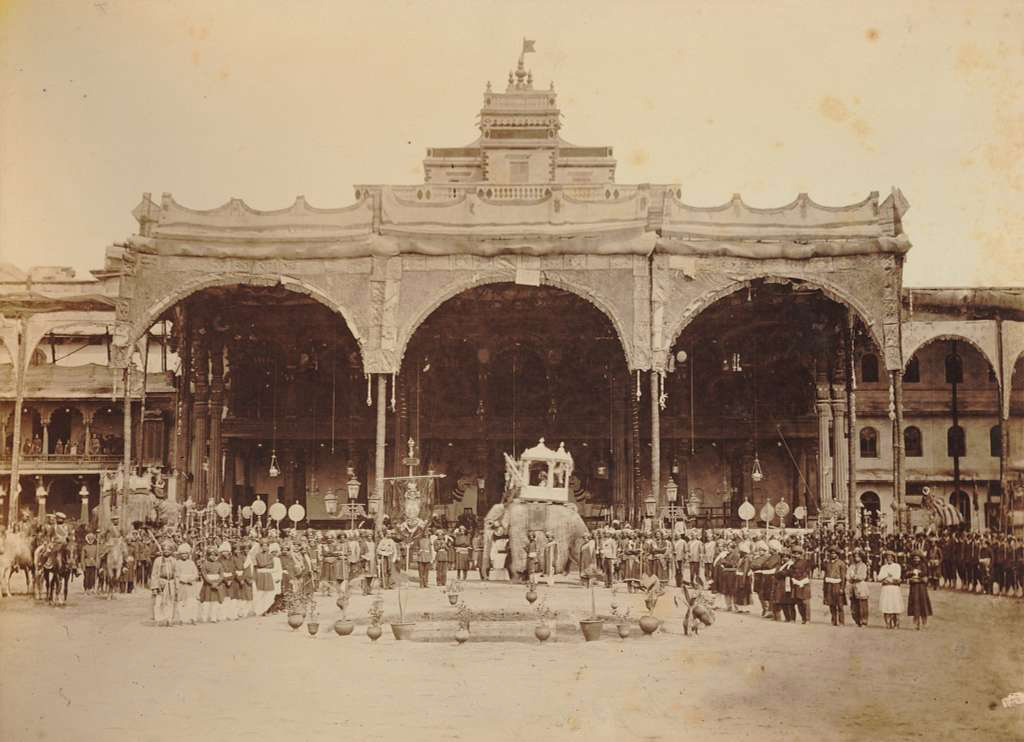
The history of Mysuru is inextricable with that of the Wodeyar dynasty, which has witnessed the rise and fall of imperial Mysuru.
The origins of the kingdom of Mysuru are mired in legend. It was said to have been founded by two brothers, Yaduraya and Krishnaraya, who were said to have been descendants of Lord Krishna’s sunken kingdom of Dwaraka. When there was a power vacuum in the region due to the death of the local ruler, Yaduraya married the local princess and became the founder of the famed Wodeyar(Lord in Kannada) dynasty.
The rise of the Wodeyars was overshadowed by the growth of the great Vijayanagara empire, under whom they ruled as vassals. However, as the great empire faced defeat and decline, especially after the historic loss at the Battle of Talikota in 1565, the vassal rulers across the empire began to assert their authority in their respective domains. This was true of Mysuru as well.
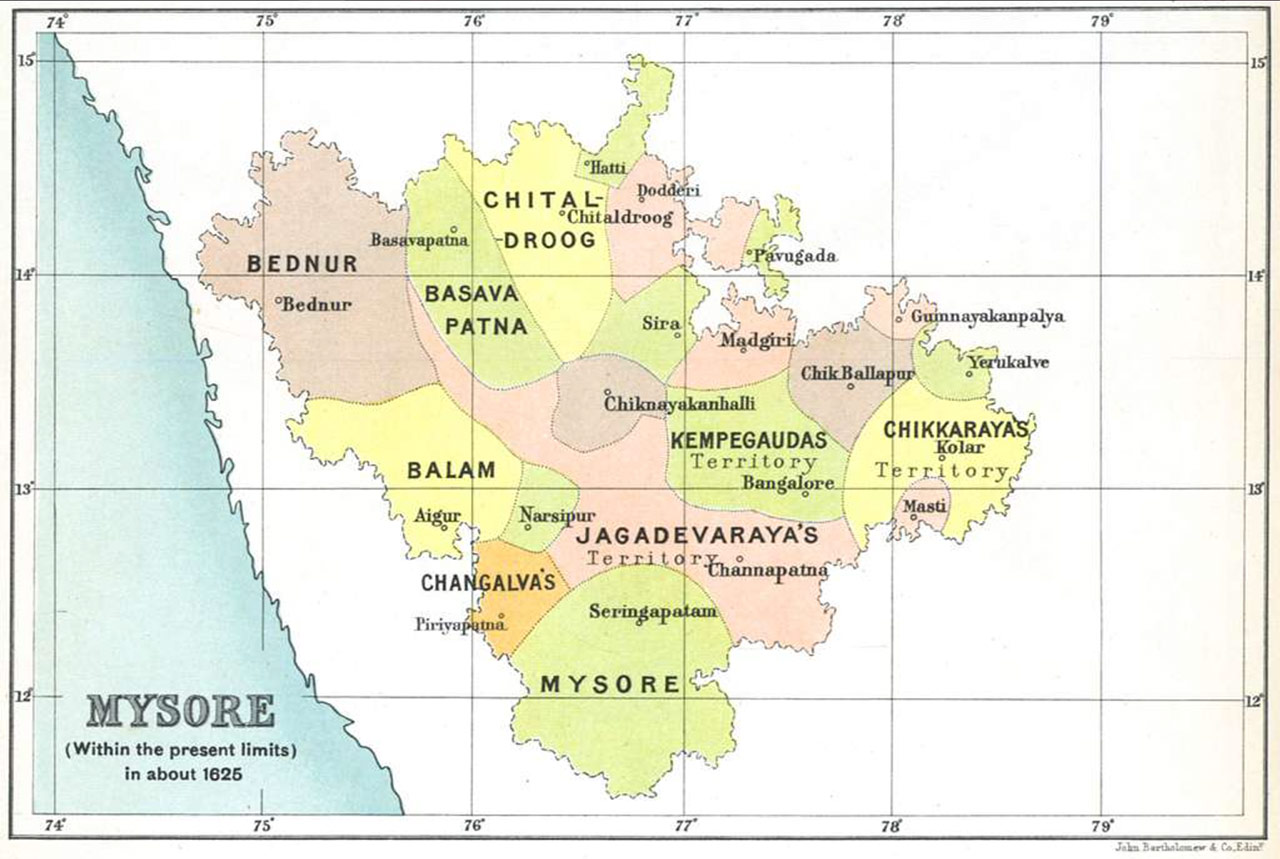
When the great empire fell, the Wodeyars, like many others, grabbed their chance- conquering the surrounding areas and consolidating their power. Gradually, Mysuru became a force to reckon with, though it was juggled between several powers as European colonists became key political players in the heartlands of India. Towards the latter half of the eighteenth century, the kingdom was facing great political turmoil, while being juggled between the ‘nawabs’ of Mysuru(Haider Ali and Tipu Sultan), the Wodeyars and the Europeans. Eventually, it continued to be ruled by the Wodeyars, albeit as vassals, in all practicality, in a subsidiary alliance with the British.
After independence, the Wodeyar king became the rajapramukh(governor, in all practical sense) of the Mysore state and then the Madras state. However, since 1971, their royal status and its privileges have been abolished, officially. Nevertheless, the Wodeyars continue to live on in their treasured city.
Festivals Celebrated in Mysuru
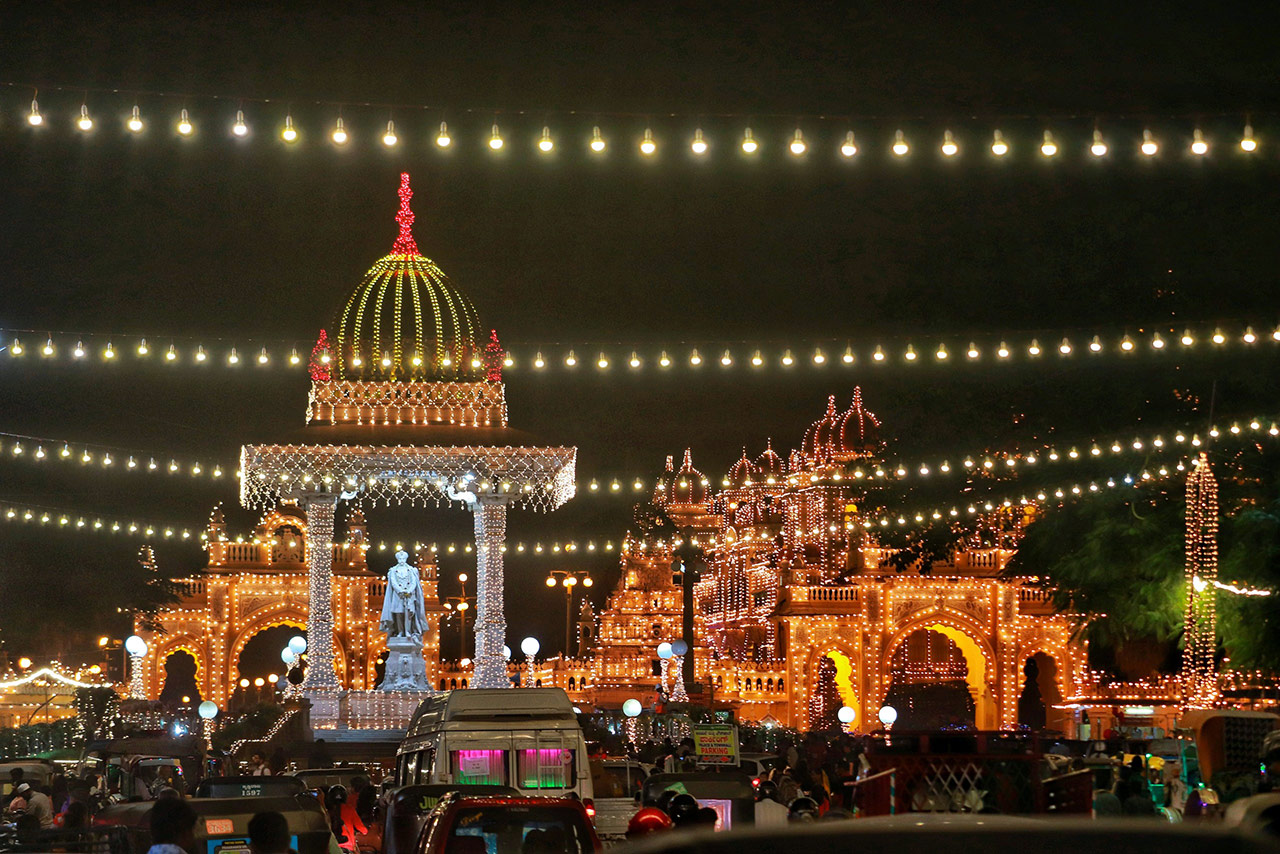
Mysuru has many unique cultural celebrations of its own- Mysuru Dasara being the grandest and most popular festival. It is a ten day festival of triumph of good over evil, and is celebrated in the signature Wodeyar style. It involves such elements as ceremonial processions, folk songs and dances, and other related activities with cultural connotations. The Jumbo Savari is the most interesting part of the festival where several elephants adorned with gold and jewellery roam through the city attracting tourists from across the globe.
Another important festival is Ugadi, the Kannada New Year. Annual festival fairs like the Vairamudi Festival at the Cheluvanarayana Swamy Temple in Melkote also serve as occasions for people from across the region to gather and celebrate.
Mysuru Cuisine
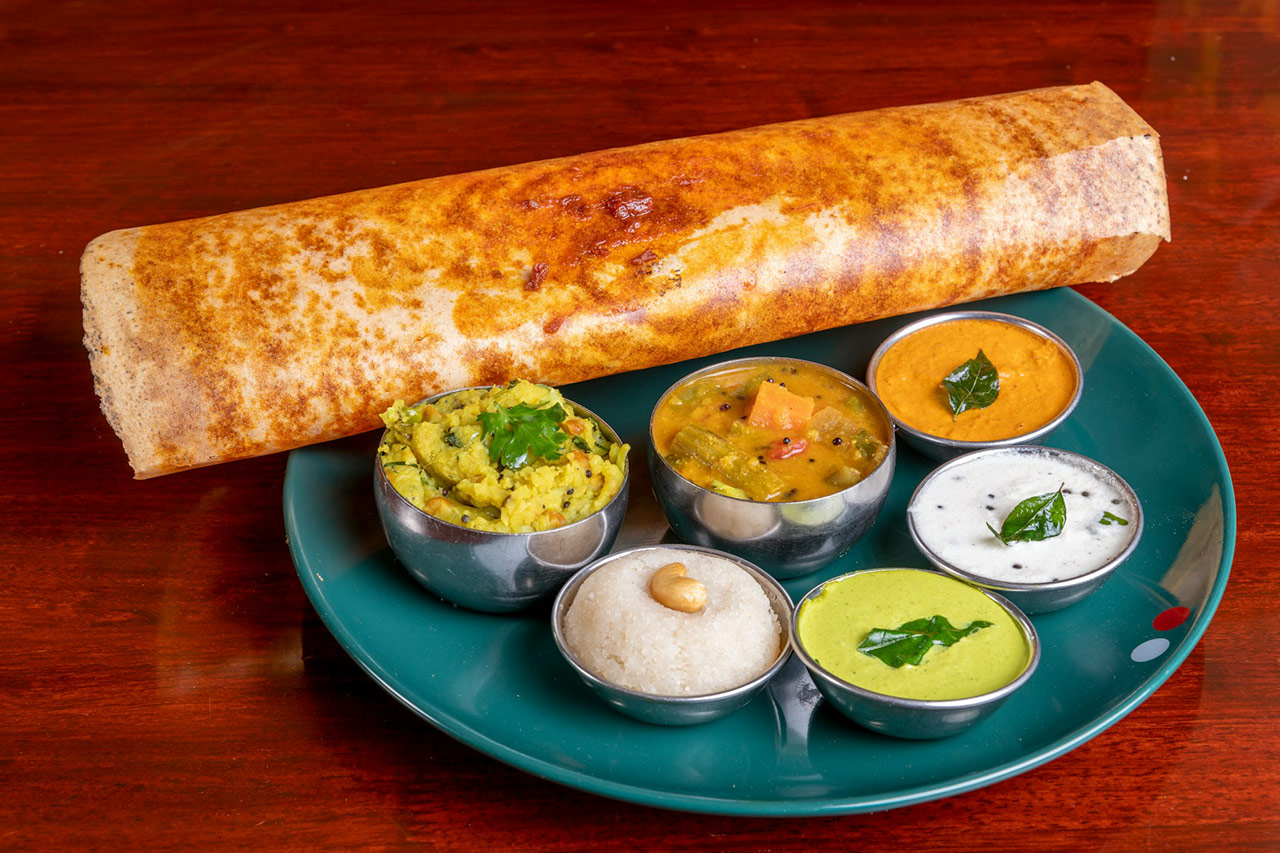
The cuisine of Mysuru is as colourful as the culture of this region. The city is famous for its diverse selection of vegetarian food. Many culinary masterpieces originate from the secrets of the kitchens of the Wodeyars, each with their own delightful origin stories. These include the much-loved Mysore Pak, a fudgy, melt-in the mouth sweet dish made of gram flour, sugar, and ghee, the Mysore Masala Dosa, known for its distinct spicy potato filling, and the Bisi Bele Bath, a spicy and flavourful rice and lentil dish. Meals are traditionally served in banana leaves, much like other southern regions.
Mysuru Arts and Crafts
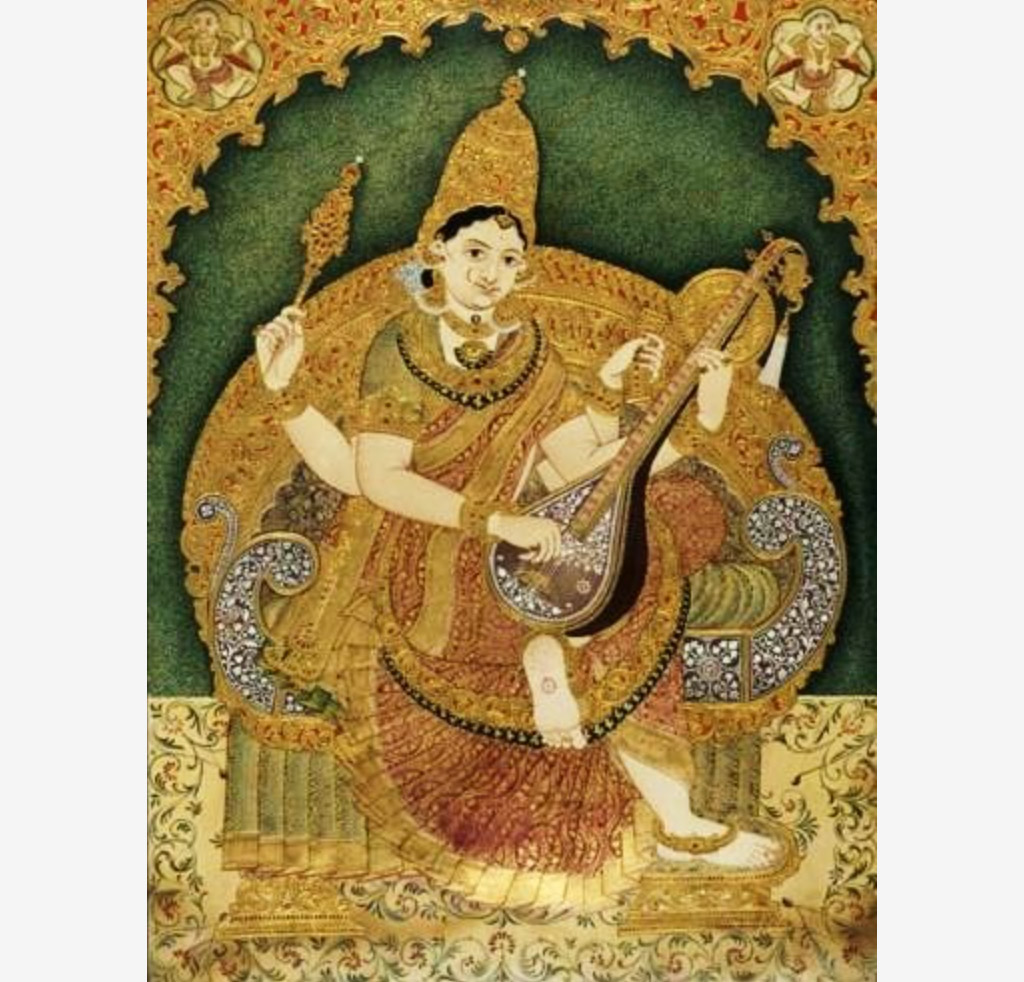
Mysore is known for its art and craft works almost all of which are traditional and inherited from one generation to the other. The Mysore school of painting is one of forms of classical painting of South India, recognisable from the usage of muted, gentle colours, golden leaves and fine and delicate strokes in their portrayal of themes from Hindu mythology.
The sandalwood of Karnataka is popular across the world for its intoxicating aroma. The luxuriant heartwood is utilised in a number of ways- taking the form of oil, carvings or powder, according to one’s fancy. Mysore is also famous for the iconic Mysuru silk sarees produced in and around the city, famous for their smooth, crepe-like texture and flow.
Music and Dance of Mysuru
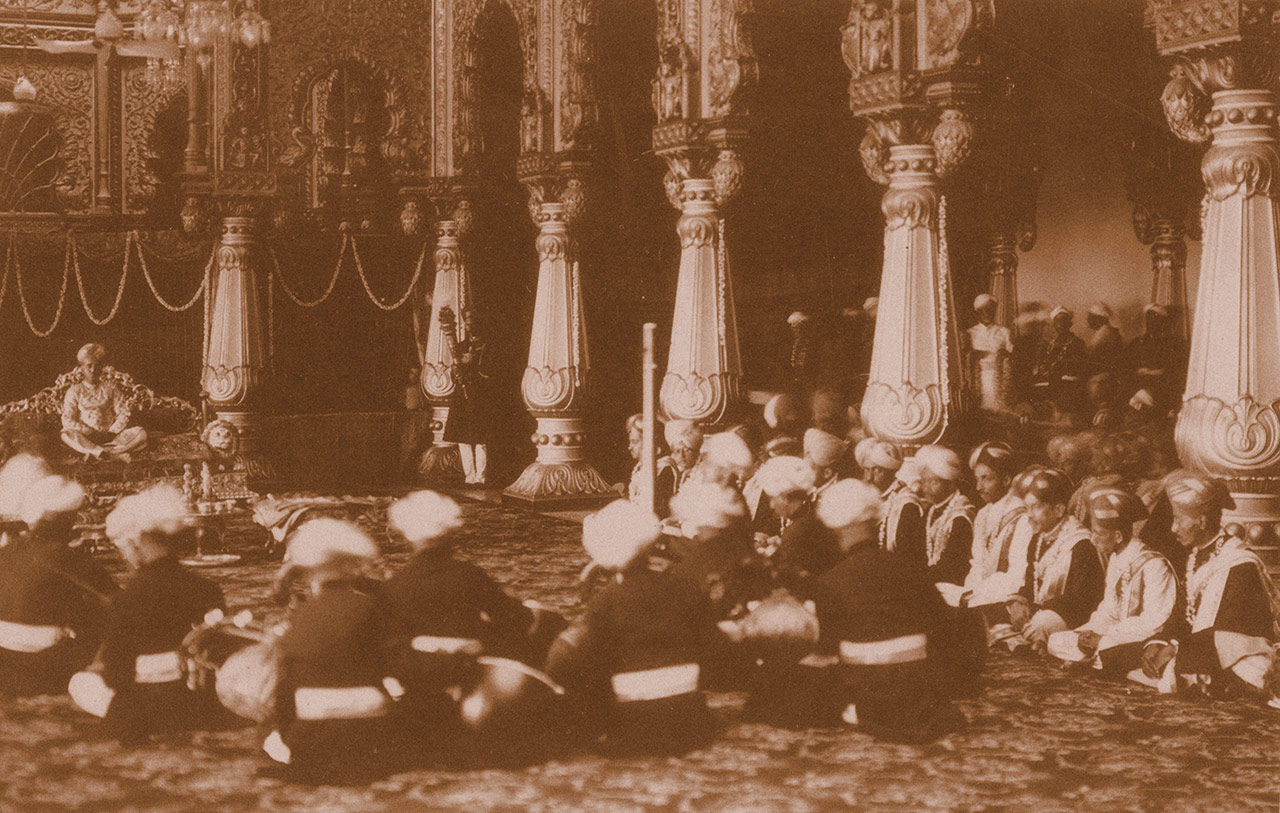
Music and dance are an inseparable part of the culture of Mysuru. The city has been an important centre for classical music, especially Carnatic music. The Wodeyars were great patrons of all forms of performative arts, as a result of which the city grew to be a powerhouse of the same, and remains one even today. The city has produced several prominent musicians like Veene Sheshanna, Mysore Vasudevachar and Mysore Chowdiah. Kacheris and music festivals are a part of the cultural fabric of the city, attracting performers and music lovers from all around the country and the world.

Bharatanatyam and Kathak are also the most popular classical dance forms in the city- a result of the complex and diverse history of the city. The dance forms are performed during festive seasons and other cultural programmes. Local folk dances of the state, the most notable of these being Dollu Kunitha and Kamsale, are an important part of temple celebrations.
Religion in Mysuru
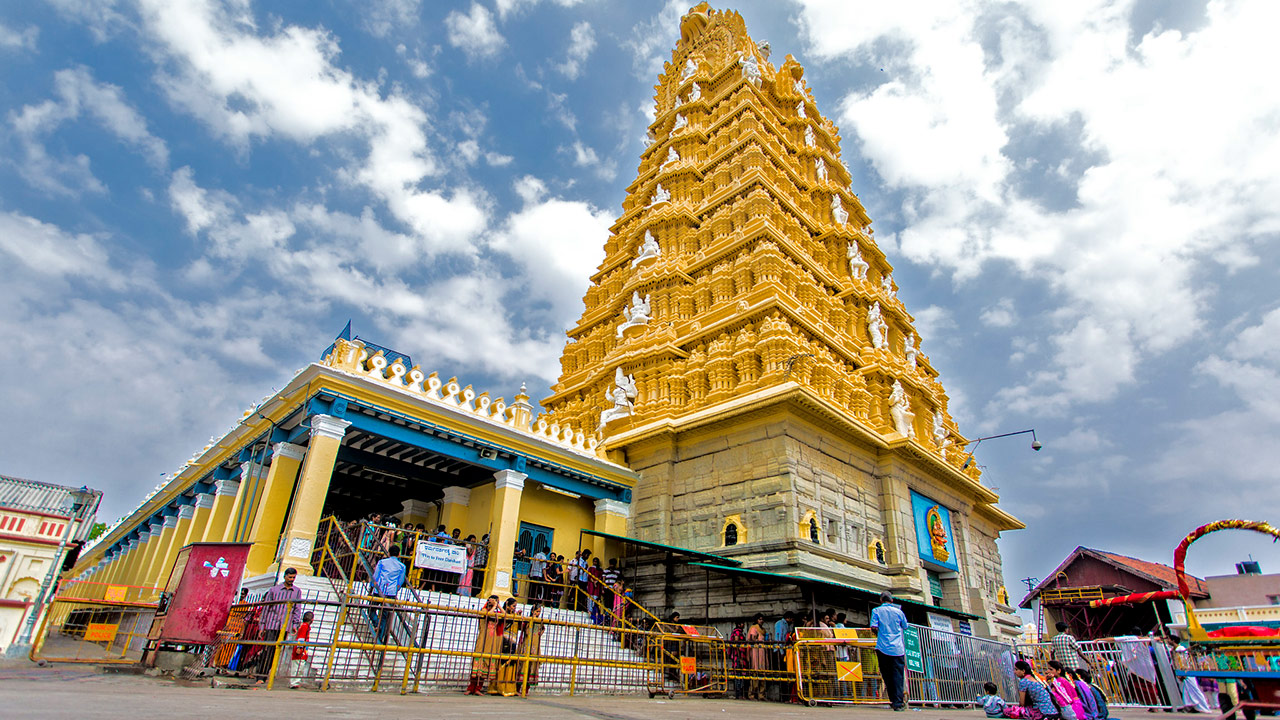
The city of Mysuru has witnessed many imperial efforts, spearheaded by people belonging to different religious and cultural backgrounds. However, the region, with thousands of years of Hindu heritage, has remained dominantly Hindu in its spirit. The city houses a Hindu majority, comprising about seventy-percent of the population, alongside a Muslim minority of around twenty-five percent, and very small Christian and Jain populations. People of all religious backgrounds live together harmoniously in the city.
Languages in Mysuru
The city of Mysuru hosts native speakers of a wide range of languages, owing to both its rich history and ever-evolving present. Kannada, spoken by sixty percent of the population, is the most spoken language in the city, followed by Urdu, spoken by the large Muslim minority- a mark of the city’s brief times under Islamic rule. The long-term presence of several major government industries and services, alongside the recent emergence of the IT industry in and around Mysuru has resulted in a very diverse linguistic demographic, with native speakers of Telugu, Hindi, Malayalam, Marathi and Tamil speckled across the city.
Literature in Mysuru
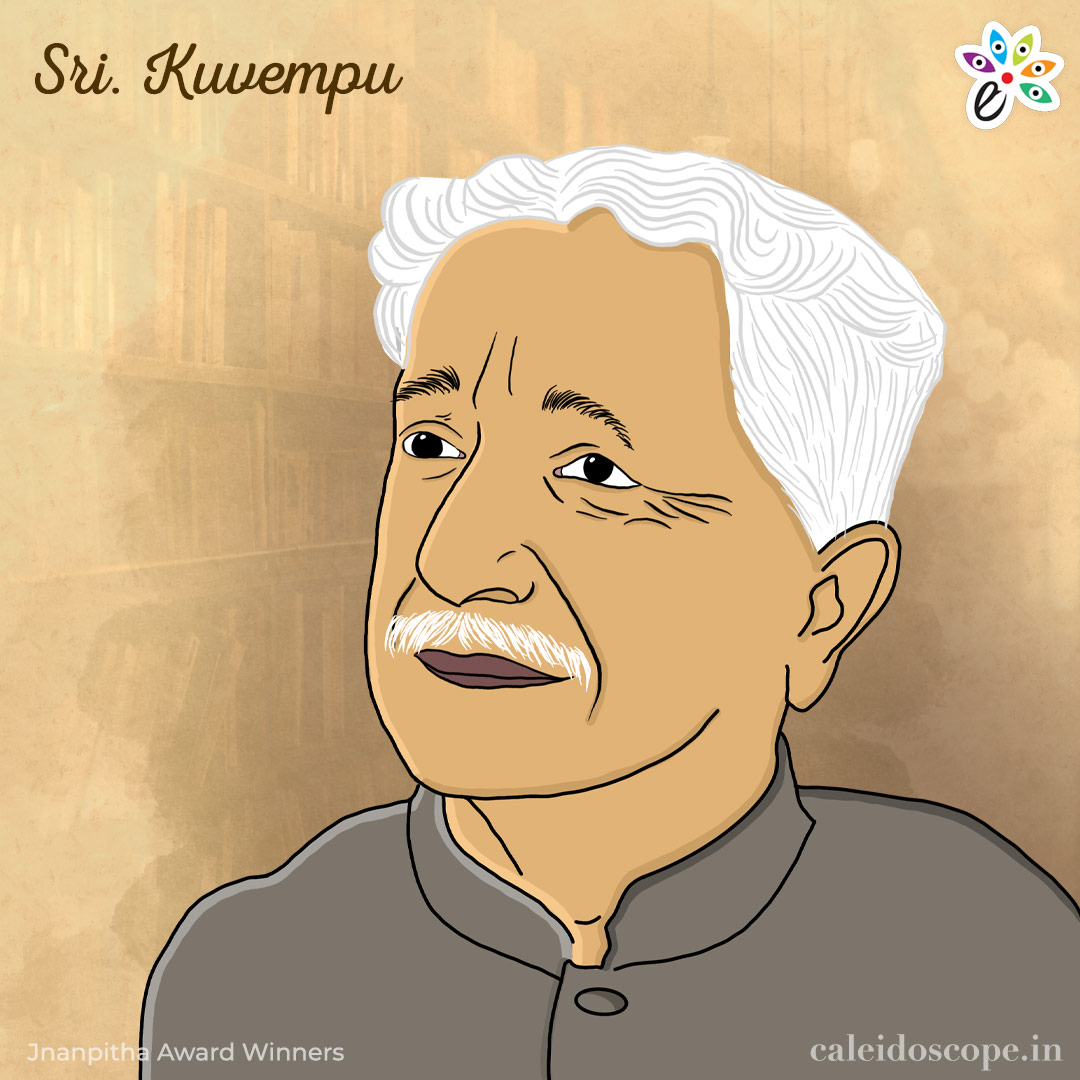
The classical artistic leaning of the culture of Mysuru has helped produce a number of writers and poets from the region. Famous literary personalities from Mysore are Kuvempu, the first Kannadiga to be awarded the Jnanpith Award and R. K Narayan, whose Malgudi tales have revelled many generations across India.
The University of Mysore has also contributed tremendously to the fields of local literature as well as education. Originally, the university, though just an institute of higher learning, has become a literary and cultural hub- with regular literature festivals and programmes now a regular feature in the University.
The numerous libraries as well as bookstores that are spread throughout the city subtly continue fostering the literary and cultural traditions of the city- housing several works on the history and culture of the city apart from the usual features.
Architecture of Mysuru
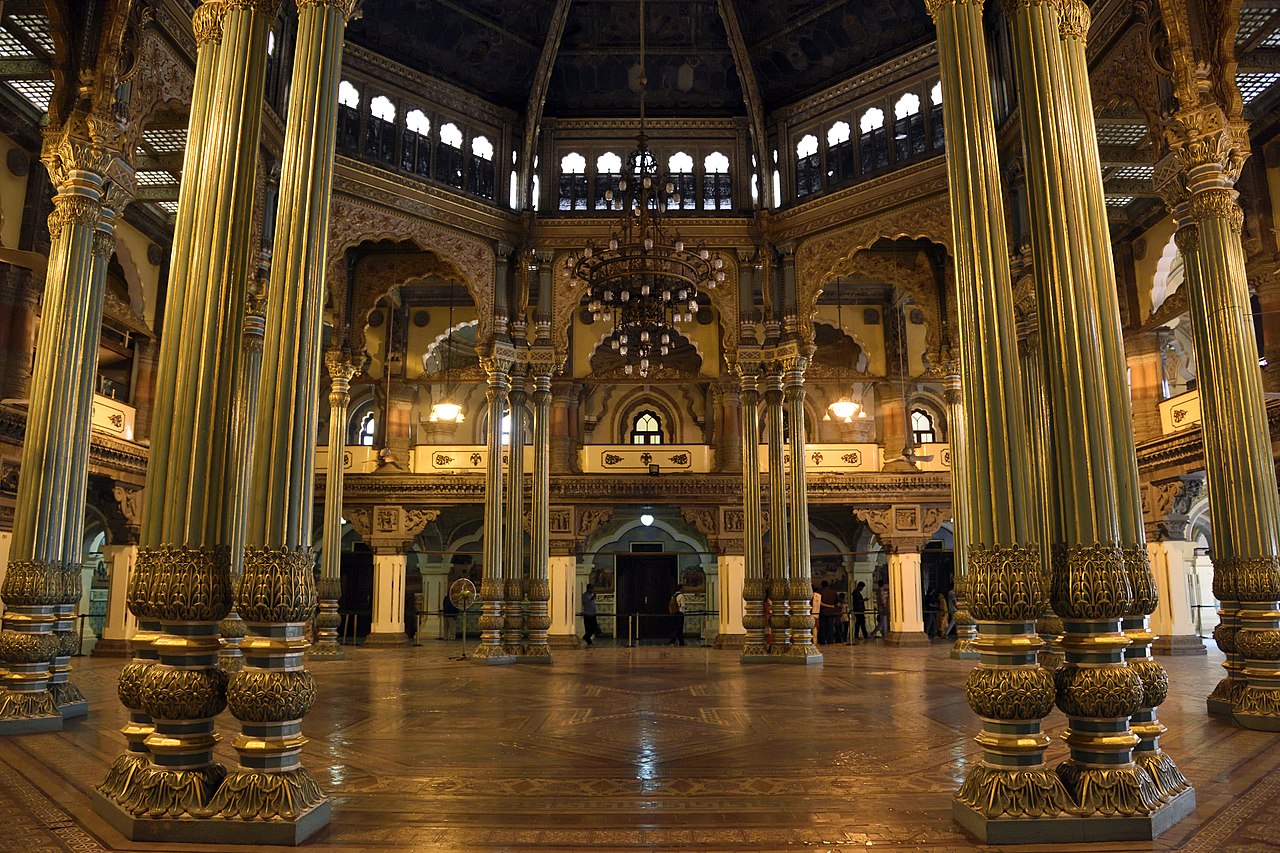
The Architectural landscape of Mysuru is a diverse blend of buildings built in European, Indo-Islamic, as well as traditional Indian styles, as a visual reminder of its varied history.
The Amba Vilas palace, the grand attraction of Mysuru, and the former residence of the Wadiyars, is the epitome of the Indo-Saracenic style- with the unmistakably Islamic cusped arches, and bulbous domes- almost a deceptive facade- beyond which distinctly South Indian colonnaded court yards, and walls sculpted with iconography of the Hindu pantheon in the Indian style greet the eyes.
There are many historic buildings built in the several distinctly European styles- including the famous Krishnarajendra hospital, the St Philomena church and the Lalith Mahal palace- built in the Greco-Roman, neo-Gothic and classical European styles respectively- standing as witnesses to the city’s tumultuous past with the Europeans.
Conclusion
The city of Mysuru has borne witness to a number of historic events in the past, and the sleepy city now stands at the cusp of an industrial and cultural revolution, as Karnataka transforms into an industrial hub. The wave of globalisation and modernisation has brought the IT industry, and with it, the hopes and dreams of young men and women across the country into this classical culture capital. How this would transform the city’s religious, cultural and economic landscape can only be speculated.


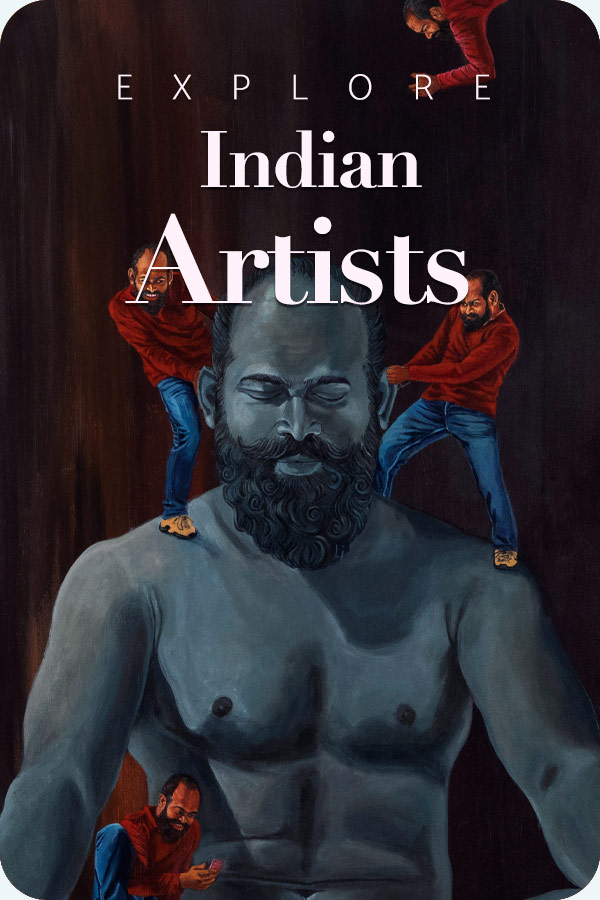
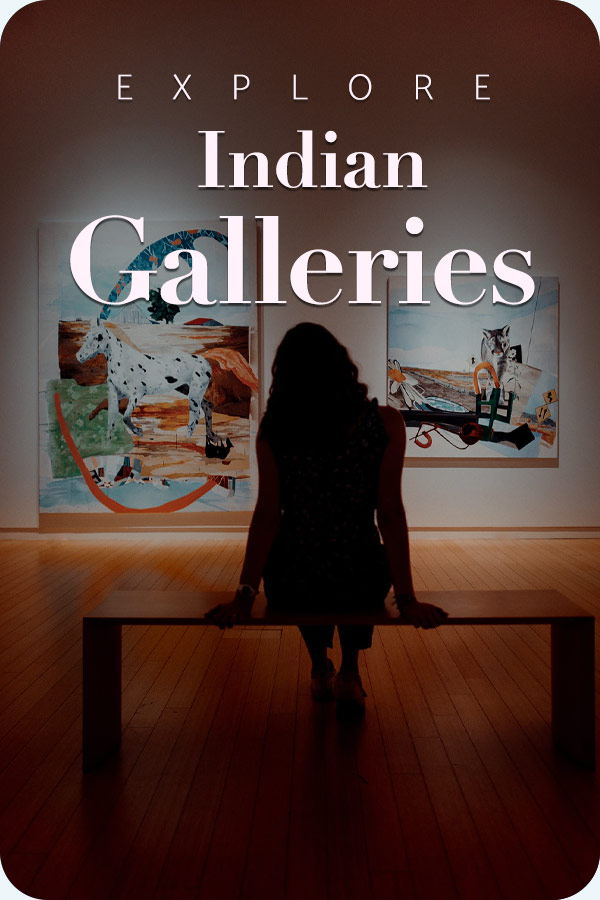
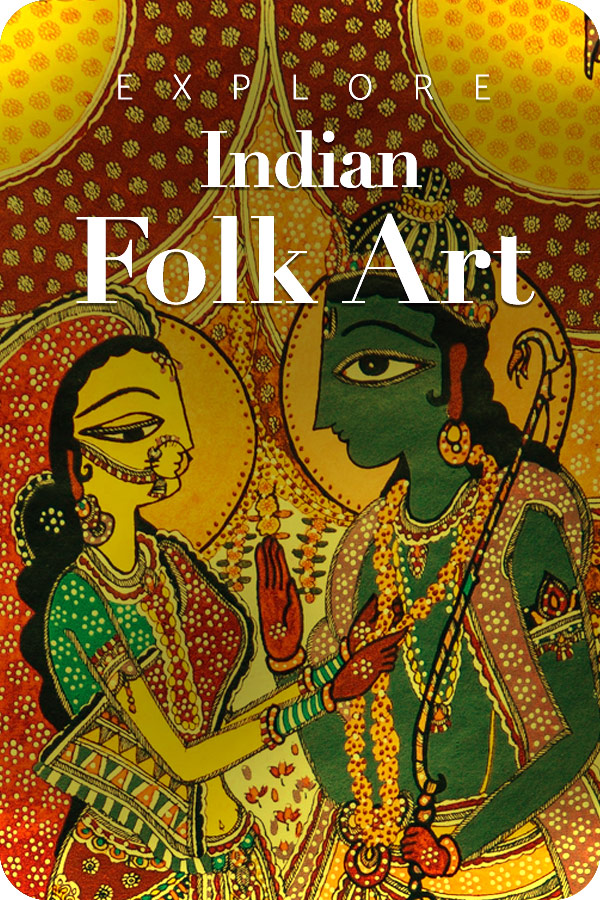
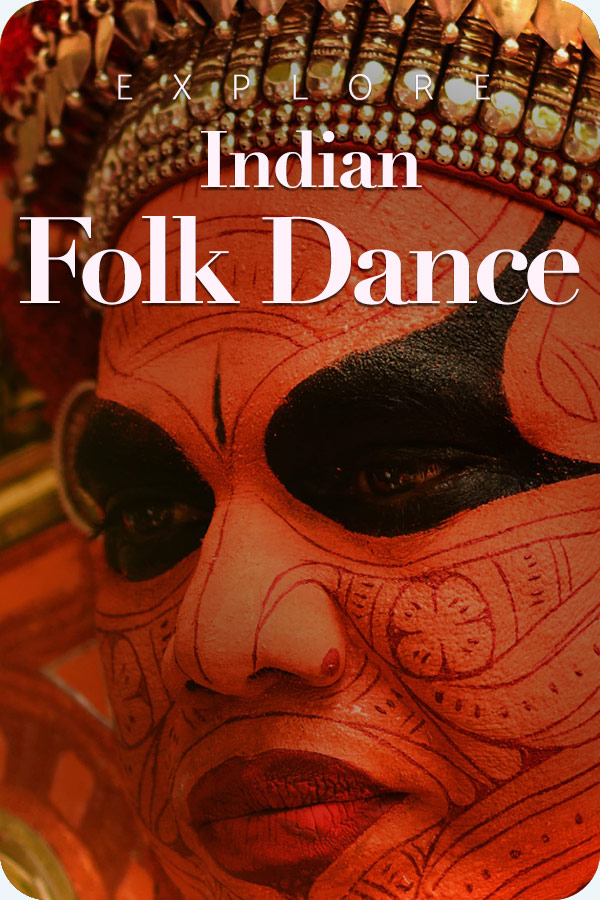
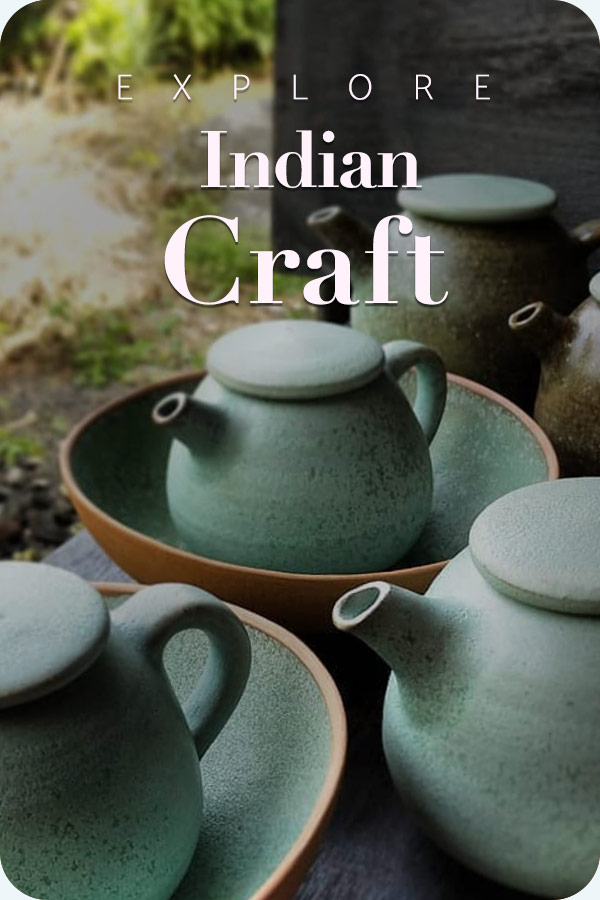

Mysore’s culture is a vibrant tapestry of rich tradition, art, music, food, and festivals. The city is renowned for its classical art forms, including intricate Mysore paintings and traditional music performances. Its culinary scene offers delights like Mysore masala dosa and various sweets. Festivals such as Dasara showcase the city’s grand heritage and community spirit, blending historical grandeur with local customs. This rich cultural heritage makes Mysore a unique and captivating destination.
Thanks Reeta 🙂